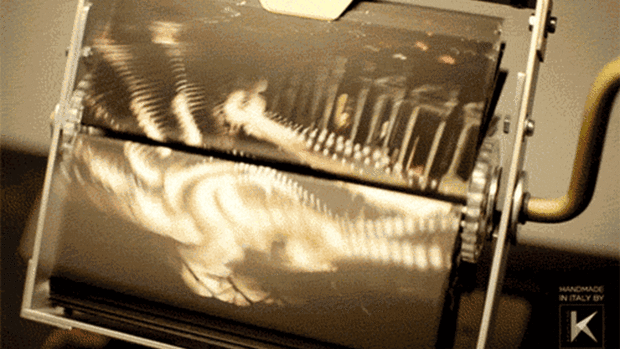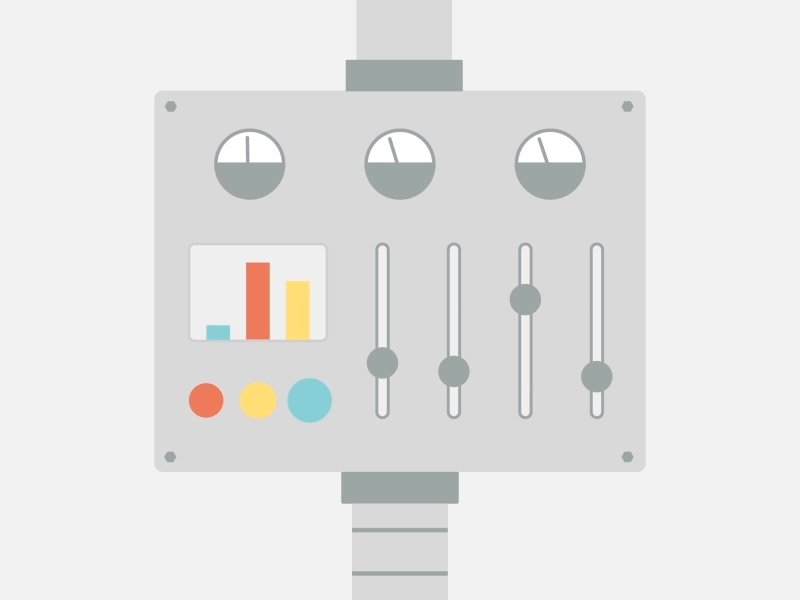
You can choose from a wide range of options, such as:Īnd then turn them into interesting GIFs. Make A GIFĪnother very huge library of shareable GIFs, Make A GIF, lets you browse through a ton of GIFs and even create your own. Not to forget, the “ping pong” feature allows you to loop your clip, again and again, giving it the perfect GIF vibe. Right on the homepage, you can choose to enter the video URL or upload your own and then take it to the editor.īesides, you can crop, rotate, blur, or invert your clip. GIFSĪs straightforward as the name, GIFS is an animated GIF maker and editor that gives you a ton of customization options. You start by adding the video to the GIF Maker screen, choose the desired start and end time, add captions, and share it with your audience. With their GIF Maker option, you can pull in any videos/clips from the internet and make your own GIFs from it. It was founded in 2013 and since then became the go-site choice for GIFs. As I said above, this site is the most popular source of creating and sharing GIFs on the internet. This list cannot be complete without mentioning Giphy, so I better start with it. If that sounds interesting, let’s hop into it. With the websites mentioned in this article, you can create your own GIFs and engage with your audience.

No matter what you’re feeling like, there’s a GIF to express that accurately.īut what if for some reason you can’t find the right GIF at the right time? Well, that’s when you create your own. I don’t know about you, but I share GIFs on social media platforms literally every day, and it’s more fun than traditional emojis, probably because they’re more visually expressive. It’s insane and shows the amount of craze there is for GIFs. In fact, Giphy, the most popular GIF sharing site, receives over 300 million users every day.
#Gif machine install#
Speaking of Giphy python libraries, you will need to download and install the following two libraries on your Raspberry Pi if you don't already have them: giphypop pygame Now that you got all that, download the attached zip file ( PythonFiles.GIFs have become the go-to mode of expressing emotions online. Also, to be entirely honest, the Giphy library I was using didn't work without the production key (this should not be the case). In order to really get it to work, you then need to apply for a production key in order to be able to upload more than 10 pictures a day. In order to get an API key you need to register with Giphy for Developers. You should customize in text edit on your computer before copying it over to the Raspberry Pi. This line requires inserting your API key, username and custom tags.
#Gif machine code#
This is the only line in the code that needs to be customized to upload to Giphy: gif = upload(, 'animation.gif', username='*****INSERT YOUR GIPHY USERNAME HERE*****', api_key='******INSERT YOUR GIPHY API KEY HERE*****') The code itself is fairly plug-and-play and does not need much customization. I found that actual GIF playback was slow and unreliable, and kind of a pain-in-the-neck. I should note that my 'GIF playback' is actually just a method of cycling through the image sequence that is used to create the GIF.


Finally, I play back the gif at the end of the photo-taking sequence. Also, I created a more graphical interface to guide you through the process. For starters, it uploads to Giphy instead of Tumblr. However, I decided to make some changes to it. The program for the photo booth is based off of Lara Grant's Tumblr GIF Photo Booth. * I purchased a 3' bar and cut it down to size. (x2) 6-32 x 3/8" bolts (for power converter) (x4) 4-40 x 3/8" bolts (for Raspberry Pi) (x4) #4 x 1/8" spacers (for Raspberry Pi) (圆) 6-32 x 3/8 flathead bolts (for front panel) (圆) 1/4-20 x 3/8" thumb screws (for back panel)


 0 kommentar(er)
0 kommentar(er)
